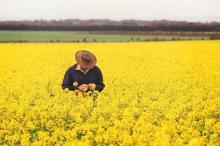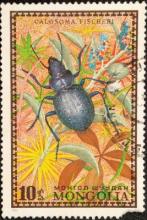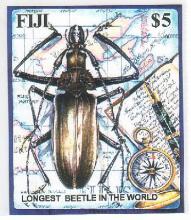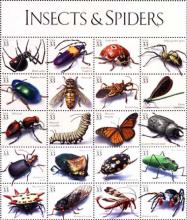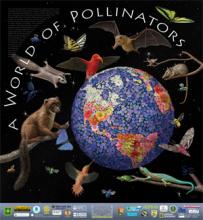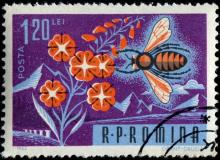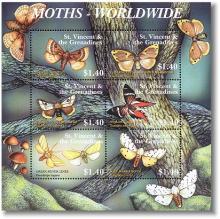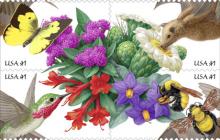Imker und Umweltschützer rufen zum Verzicht auf bienengefährdende Beizmittel bei Raps-Aussaat auf. Deutsche Landwirte setzen pro Jahr bundesweit 16 Tonnen reines Nervengift ein
Der Deutsche Berufs- und Erwerbsimkerbund (DBIB) und der Bund für Umwelt und Naturschutz Deutschland (BUND) appellieren an die deutschen Landwirte, bei der anstehenden Raps-Aussaat freiwillig auf Pestizide zu verzichten, die zur Gruppe der Neonikotinoide gehören. Diese vor allem für Bienen gefährlichen Nervengifte werden zum Beizen des Saatgutes eingesetzt und sind nach Erkenntnissen von Toxikologen 6000 bis 7000mal giftiger als DDT. Untersuchungen ergaben, dass Neonikotinoide bei Bienen und Vögeln zu Einschränkungen der Orientierungsfähigkeit und zu Störungen des Immunsystems führen können. Außerdem töten diese Pestizide viele Insektenarten, die Vögeln als Nahrung dienten. Die EU-Mitgliedsstaaten hatten im April dieses Jahres beschlossen, ab 1. Dezember die drei gefährlichsten Neonikotinoide zunächst für zwei Jahre vom Markt zu verbannen. Betroffen von diesem Teilverbot sind die Wirkstoffe Clothianidin, Imidacloprid sowie Thiamethoxam. „Neonikotinoide sind für das Bienensterben und das Verschwinden von Vögeln in landwirtschaftlich geprägten Regionen mit verantwortlich. Wenn bei der Raps-Aussaat jetzt auf diese Agrargifte verzichtet wird, dann könnten sich Bienen- und Vögelpopulationen langsam wieder erholen“, sagte der BUND-Vorsitzende Hubert Weiger.

